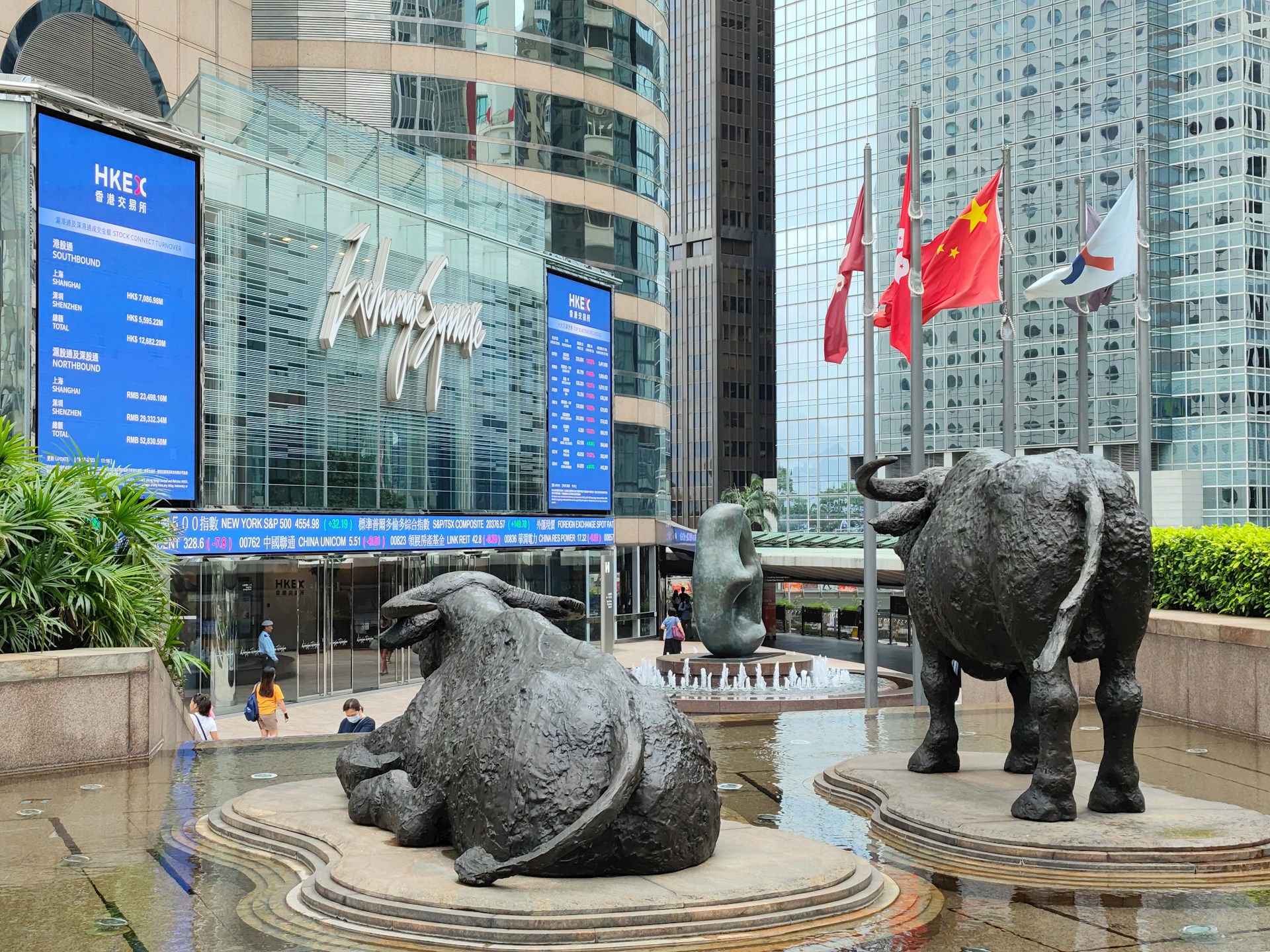Hong Kong’s equity market continues to defy disruption—not just meteorological but macroeconomic. On Monday, the Hang Seng Index advanced another 0.3% by mid-morning, following a three-year high close last Friday. The rise came even as the city recovered from Typhoon Wipha, which triggered the highest storm signal, left dozens injured, and halted air traffic. In ordinary times, that might dampen market momentum. But these are not ordinary times.
The market’s direction reflects something more strategic: a reinflation of risk appetite in Asia’s most internationally exposed stock exchange, tethered closely to mainland economic sentiment and global capital cycles. China’s recent growth figures—though unremarkable on their own—appear sufficient to keep speculative capital parked, especially as Western markets brace for delayed rate cuts and tighter liquidity.
While US and European equities digest recession retractions and dovish central bank murmurs, Hong Kong is benefiting from its “China proxy” status, without the full drag of onshore policy constraints. The CSI 300 and Shanghai Composite both climbed 0.3% and 0.4% respectively, offering modest but consistent reinforcement to the region’s equity tone.
The key driver here is China’s policy posture, which has gradually pivoted toward supply-side support and targeted liquidity channels in tech, infrastructure, and strategic industrial clusters. Unlike the Fed’s one-dimensional inflation messaging, Beijing’s calibrated policy blend appears engineered to maintain bottom-line growth stability without igniting asset bubbles.
This positioning creates a bifurcated market signal: Western capital is edging toward safety, while capital already in Asia is redistributing toward exposure with asymmetric upside—namely in tech-led, consumption-recovery bets within the mainland. Hong Kong, positioned as the offshore portal to those bets, becomes a magnet.
What’s powering the Hang Seng Index specifically isn’t just generalized optimism—it’s rotation. The Hang Seng Tech Index rose 0.4% Monday, bolstered by platform and AI-aligned equities that remain relatively undervalued by global standards. For investors parsing between Silicon Valley saturation and Chinese regulatory resets, Hong Kong presents a repriced opportunity.
Financials and real estate remain suppressed, especially amid continued geopolitical headwinds and capital flow vigilance. But the reweighting into tech and platform-adjacent stocks suggests a tactical tilt: capital is not just chasing growth, but growth underwritten by industrial policy.
This is not new for China-watchers. But the confidence to act on these signals—despite weather shocks and supply chain fragilities—suggests that investors are reprioritizing fundamentals over sentiment drag.
Contrast this with the mood in European equities, which remain more entangled in macro drag from export slowdowns, rate hike fatigue, and limited fiscal maneuvering. Even Japan, which has shown growth revival and rising wages, is increasingly affected by a stronger dollar and capital repatriation from US fund flows.
Hong Kong, meanwhile, offers a rare middle ground: partially integrated with mainland industrial growth, yet liquid and globally accessible. It remains a structural arbitrage play—between onshore policy signaling and offshore capital behavior.
This isn’t a resilience story in the usual sense. Markets are not rewarding Hong Kong for withstanding a typhoon. They are repricing risk based on where China’s floor seems more solid than its ceiling.
The Hang Seng’s momentum is not a blanket endorsement of Chinese economic strength. It is a calibrated rotation toward exposure that appears technically cheap, policy-supported, and sentiment-exhausted.
In other words, this is tactical optimism underwritten by margin.
The move hints at institutional risk realignment—an early signal that investors are willing to recalibrate portfolios toward Asia ahead of a possible Fed pivot. It also suggests that China's policy toolkit—while limited—still inspires sufficient confidence to re-anchor speculative capital in select sectors.
For global operators, it signals that market volatility no longer disrupts the macro thesis. Typhoons may hit logistics. But capital? It has already adjusted course.
There is also a subtler signal embedded in the pattern: risk capital is no longer binary in its East-West allocations. It is segmenting across cities, sectors, and even sentiment windows. Hong Kong, for all its fragility, is being read as structurally decoupled from Western monetary pacing. It may not be safe—but it is readable. And in a market fatigued by ambiguity, readability is a premium trait.
What this signals is not a vote of confidence in China’s ceiling—but in its floor. And for now, that’s enough to justify reentry.





.jpg&w=3840&q=75)







.jpg&w=3840&q=75)
